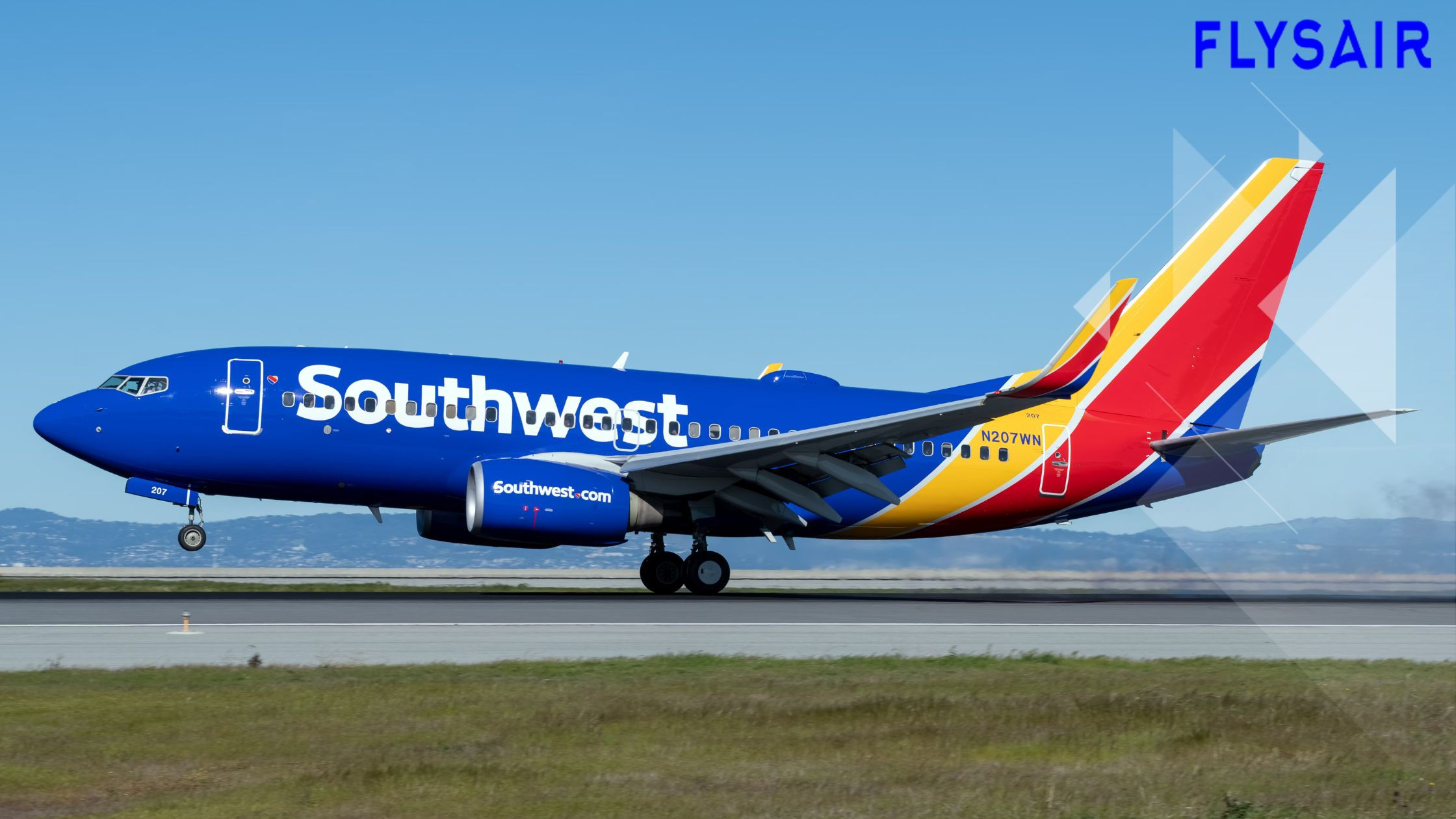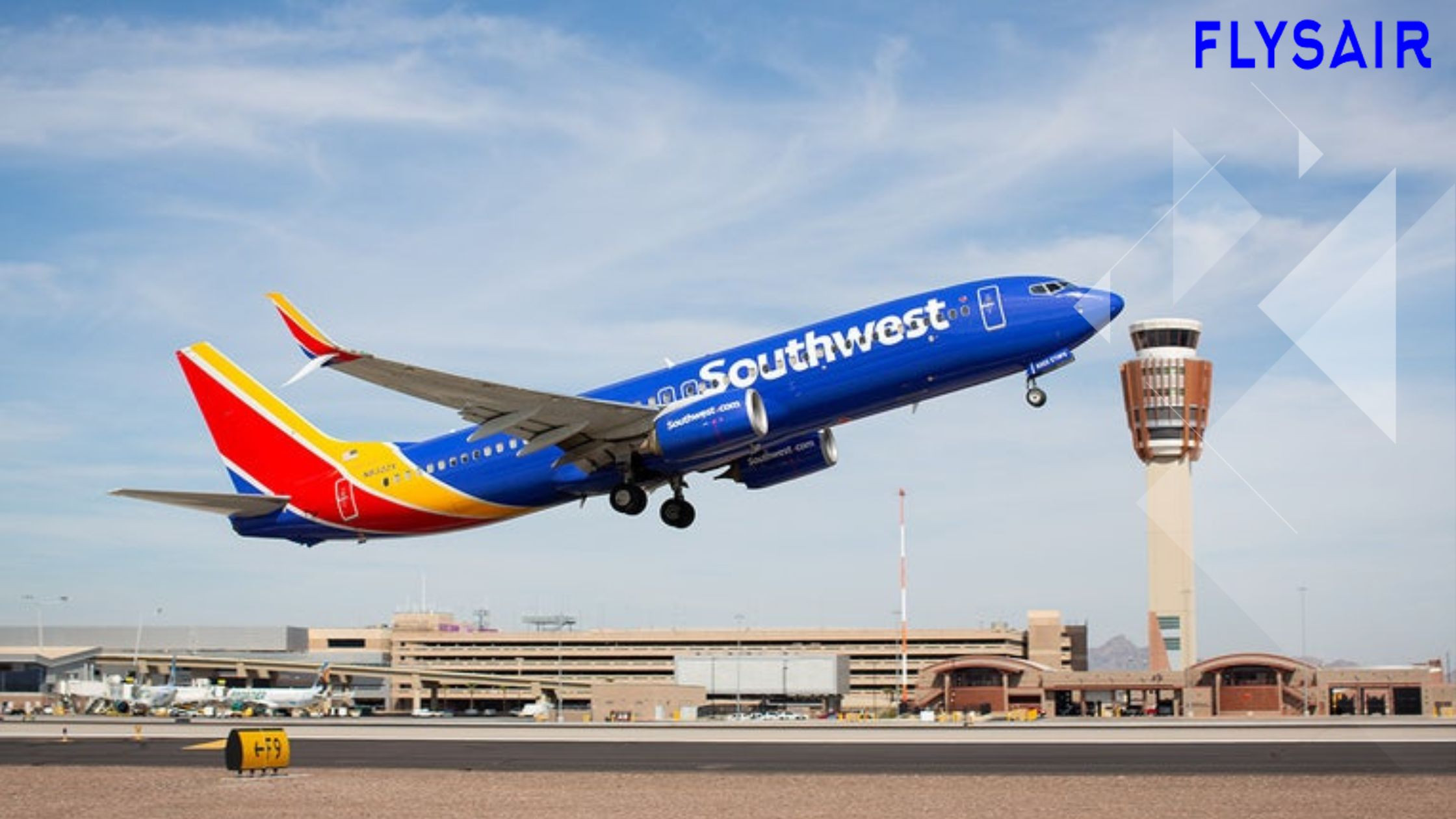How Southwest Airlines Revolutionized Low-Cost Travel
Posted on June 25, 2024 by Admin

How Southwest Airlines Revolutionized Low-Cost Travel
Southwest Airlines has become a household name in the world of low-cost air travel. Known for its affordable fares, customer-friendly policies, and efficient operations, Southwest has fundamentally changed the aviation landscape. In this blog, we will explore how Southwest Airlines revolutionized low-cost travel and examine the key strategies that have made it a leader in the industry.

How Southwest Airlines Revolutionized Low-Cost Travel
1. Innovative Business Model
One of the primary ways Southwest Airlines revolutionized low-cost travel is through its innovative business model. Southwest pioneered the point-to-point route system, as opposed to the traditional hub-and-spoke model used by other major carriers. This system allows Southwest to operate more direct flights, reducing travel time and operating costs. Additionally, the airline uses a single aircraft type, the Boeing 737, simplifying maintenance and training, and further lowering costs.
2. Low Operating Costs
Southwest Airlines has always focused on keeping its operating costs low. By avoiding the additional expenses associated with traditional airline amenities, such as in-flight meals and multiple classes of service, Southwest can pass these savings on to customers in the form of lower ticket prices. Moreover, the airline's efficient turnaround times—often as short as 25 minutes—maximize aircraft utilization and contribute to lower costs per flight.
3. Customer-Friendly Policies
Another significant factor in how Southwest Airlines revolutionized low-cost travel is its customer-friendly policies. Southwest does not charge for the first two checked bags, a policy that contrasts sharply with the baggage fees of many other airlines. Additionally, Southwest offers flexible ticketing options, including no change fees, which provides travelers with greater flexibility and peace of mind.
4. Strong Company Culture
The strong company culture at Southwest is integral to how Southwest Airlines revolutionized low-cost travel. The airline places a high emphasis on employee satisfaction, which translates into exceptional customer service. Happy employees are more motivated to provide a positive experience for passengers, contributing to Southwest’s reputation for friendly and reliable service.

Must Read : Airline Apps: Must-Have Apps for a Smooth Travel Experience
5. Strategic Marketing and Branding
Southwest Airlines has effectively used strategic marketing and branding to position itself as a leader in low-cost travel. The airline's marketing campaigns emphasize its commitment to low fares, transparency, and customer service. Southwest's memorable advertising slogans and playful branding have created a strong identity that resonates with cost-conscious travelers.
6. Focus on Secondary Airports
A key aspect of how Southwest Airlines revolutionized low-cost travel is its focus on secondary airports. By operating out of smaller, less congested airports, Southwest reduces airport fees and avoids delays associated with larger hubs. This strategy not only keeps costs down but also offers passengers more convenient and less stressful travel experiences.
7. Use of Technology
Southwest Airlines has been at the forefront of using technology to enhance efficiency and customer experience. The airline’s robust online booking system, mobile app, and automated check-in kiosks streamline the travel process for passengers. Additionally, advanced data analytics help Southwest optimize flight schedules and pricing strategies, ensuring competitive fares.
8. Strong Financial Management
Prudent financial management is another crucial element in how Southwest Airlines revolutionized low-cost travel. The airline has consistently maintained a strong balance sheet and avoided the high debt levels that have plagued many competitors. This financial stability allows Southwest to invest in new technologies, expand its route network, and weather economic downturns better than many other airlines.
9. Adaptability and Resilience
Southwest’s adaptability and resilience have also played significant roles in its success. The airline has demonstrated an ability to quickly adjust to changing market conditions and passenger needs. For instance, during the COVID-19 pandemic, Southwest swiftly implemented safety measures and adjusted its operations to continue providing reliable service.
Conclusion
How Southwest Airlines revolutionized low-cost travel is a testament to the airline’s innovative approach to business, focus on customer satisfaction, and efficient operations. By prioritizing low fares, customer-friendly policies, and strategic growth, Southwest has not only carved out a unique niche in the airline industry but also set new standards for what passengers can expect from low-cost carriers. As the airline continues to innovate and adapt, it remains a leading example of how to successfully deliver affordable, high-quality air travel.
Must Read : A Guide to Airline Seat Selection: Finding the Best Seat
Faqs
-
1. How does Southwest Airlines keep its fares low?
Southwest Airlines keeps its fares low through various strategies, including operating a single aircraft type, focusing on secondary airports, maintaining efficient turnaround times, and avoiding traditional airline amenities that add to operating costs.
-
2. What is Southwest’s policy on baggage fees?
Southwest Airlines allows passengers to check two bags for free. This policy is part of the airline's commitment to customer-friendly practices and helps travelers avoid the additional baggage fees charged by many other airlines.
-
3. How does Southwest Airlines’ point-to-point route system work?
Southwest Airlines uses a point-to-point route system, which allows it to operate more direct flights between cities. This system reduces travel time and operational costs compared to the traditional hub-and-spoke model used by many other airlines.
-
4. What are some examples of Southwest’s customer-friendly policies?
Some of Southwest Airlines' customer-friendly policies include no change fees for modifying reservations, two free checked bags per passenger, and flexible ticketing options that provide greater peace of mind for travelers.
-
5. How has Southwest Airlines adapted to changing market conditions?
Southwest Airlines has shown adaptability by quickly implementing new safety measures during the COVID-19 pandemic, adjusting flight schedules, and using advanced technology to enhance efficiency and customer experience. This adaptability ensures the airline remains competitive and responsive to passenger needs.
Recent Post
- Singapore Airlines: Tips for Booking the Best Seats in Economy Class
- The World’s Busiest Airports: Managing High Passenger Volumes
- How Airlines are Enhancing Passenger Experience with Technology
- The Impact of Low-Cost Airlines on the Aviation Industry
- Top 10 Airlines for Customer Service in 2024
- British Airways: Navigating Avios Points for Free Flights
- The Unique Features of Air France’s Premium Economy Class
- The Best Airlines for Group Travel: Discounts and Services
- Tips for Traveling with Disabilities: Airline Policies and Support Services
- How to Upgrade Your Seat Without Breaking the Bank